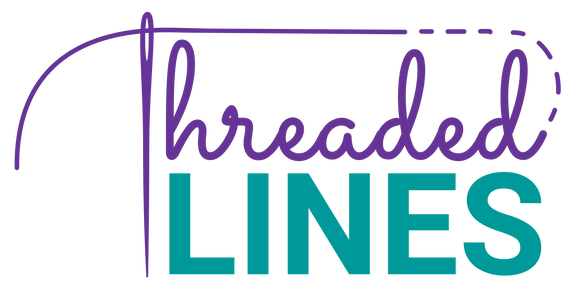Early Beginnings and Invention
The concept of mechanizing sewing dates back to the 18th century. Before the invention of the sewing machine, all sewing was done by hand—a labor-intensive and time-consuming process. The earliest recorded attempt to create a sewing machine was by Charles Fredrick Wiesenthal, a German engineer, in 1755. He was granted a British patent for a double-pointed needle, but his invention did not gain widespread use.
It wasn’t until 1790 that an Englishman named Thomas Saint designed the first sewing machine. Saint's machine, intended for leather and canvas, used an awl to punch a hole in the material, followed by a needle to pass the thread through. Unfortunately, Saint's design was not built during his lifetime, and it remained a conceptual blueprint.
The Birth of Practical Sewing Machines
The early 19th century saw several inventors striving to create a functional sewing machine. In 1830, French tailor Barthélemy Thimonnier patented a sewing machine capable of stitching straight seams with a hooked needle. Thimonnier's machine was revolutionary and was used to sew uniforms for the French army. However, fearing job losses, a group of tailors destroyed his workshop, stalling progress.
An American inventor, Elias Howe, made a significant breakthrough in 1846. Howe patented a machine with a lockstitch design, featuring a needle with an eye at the point and a shuttle to form the stitch underneath the fabric. Despite his ingenious design, Howe struggled to find investors in America and took his machine to England, where it garnered modest success.
The Rise of Isaac Singer and Industrialization
While Elias Howe was in England, Isaac Merritt Singer, an American entrepreneur, improved upon Howe’s design. In 1851, Singer patented a machine with a straight needle, a presser foot to hold the fabric in place, and a foot pedal for continuous operation. Singer's machine was more practical and user-friendly, leading to rapid adoption.
Singer also pioneered the use of installment payment plans, making sewing machines more accessible to households and small businesses. This marketing strategy, combined with effective patent enforcement, allowed Singer’s company to dominate the sewing machine market.
Elias Howe eventually returned to the United States and found that Singer and others had infringed upon his patent. After a lengthy legal battle, Howe won substantial royalties, securing his place in sewing machine history.
Technological Advancements and Modern Machines
The late 19th and early 20th centuries saw continuous improvements in sewing machine technology. Innovations included the development of zigzag stitching, electric motors, and the introduction of portable, lightweight machines. Companies like Singer, Pfaff, and Bernina led the way, expanding the capabilities and versatility of sewing machines.
The mid-20th century brought computerized sewing machines, which offered programmable stitching patterns and precise control. These machines revolutionized home sewing and industrial manufacturing, enabling complex designs and mass production with unprecedented efficiency.
Sewing Machines Today and Their Impact
Today, sewing machines are sophisticated, multi-functional tools used in various industries, from fashion and upholstery to automotive and aerospace. Modern machines can perform intricate embroidery, quilting, and even three-dimensional sewing. They continue to be an essential part of both professional and amateur sewing endeavors.
I would love to hear your history with sewing machines. How many do you have? What's your favorite?
For me, my mother sewed, but all she let me do was cut the patterns - LOL. I actually did not start sewing until my daughter was 8 years old. The patches on her girl scout uniform kept falling off because the iron on ones did not work really. I thought, it can't be that difficult. It wasn't.
I started on a Singer because that is what my mother used. I now own 3 machines - a Juki TL2010q (for bag making), a Pfaff Icon 2 sewing and embroidery (my everyday sewing machine), and a Featherweight Singer from the 50s.




Comments
Good article. Thanks for sharing! (Those French – too funny!)
I loved this article—history major.
The first sewing machine I purchased was a Singer right after my first marriage. I never liked sewing clothing (junior high class), but I made drapes and pillows with the Singer. Fast-forward to 4/2019, and I signed up for my first quilt class. I purchased a new machine, a Babylock Brillant. It’s a great machine. I now own two Brillants, a Babylock Chorus, a Babylock Acclaim, and a Babylock Solaris Vision. I use all of them. They’re the best machines ever!
For many years (late 1920’s to early 1960’s) my grandmother made men’s suits for the Palm Beach Company in Knoxville Tennessee. In her off time, she worked the garden and quilted at home on her Singer sewing machine. She taught me to sew when I was in my preteens, and I went on to make my own clothes. Eventually, when I was able to retire, I jumped headfirst into quilting, and I love it.